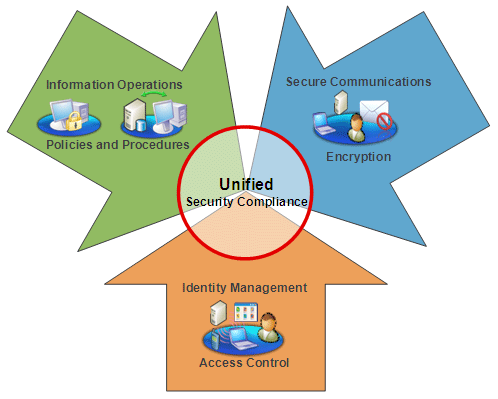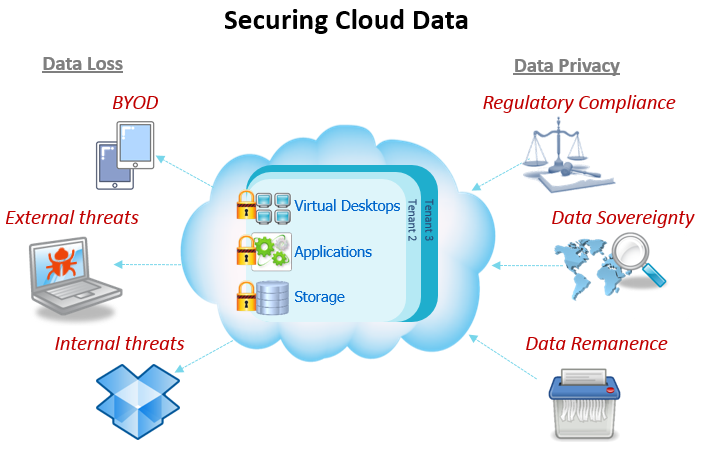The cloud computing landscape has significantly evolved with the constant flow of data between networks, devices and the cloud. Unfortunately, when it comes to security, the growth of cloud computing is providing opportunities for hackers to conduct sophisticated attacks, and it’s placing greater burden on security endpoints.
And since the cloud has become increasingly popular with SMEs, ever more critical and valuable information is moved to it, making it an attractive target for attackers. The growing sophistication in the nature of the attacks combined with increasing complexity of threats has further compounded the problem.
Here are the top cloud computing security threats to help businesses better understand the security landscape and make the best choices to protect their valuable data:
VME (Virtual Machine Escape): The physical servers run multiple machines in highly virtualized environments, sometimes on top of hypervisors. An attacker could conduct a remote exploit on a hypervisor by using a hypervisor vulnerability. Though such vulnerabilities are rare, they do exist. Also, virtual machines can gain access to hypervisor by escaping from a sandboxed environment, making it possible to conduct the attack.
Traffic hijacking: An attacker can steal employee credentials to gain access and wreak havoc on corporate network. The access can be used to leak out information, manipulate data, and direct clients and co-workers to illegitimate websites, which can cause tremendous financial and reputation damage for your company.
Advanced data breaches: There are several types of data breaches that pose a security threat to cloud computing. One advanced threat is a virtual machine using side channel analysis to grab private cryptographic keys from other virtual machines, provided they operate on the same sever. In a multitenant cloud environment, a flaw in end user application can give attackers access to all user accounts within a corporation.

Insecure APIs: Several cloud servers are exposed by insecure application programming interfaces. Since the APIs can be accessed from any remote location, attacks can use them to steal customer data. Gaining access through a token used by the customer through service API can utilize the same token for manipulating customer data.
Protecting your organization against these threats
The threats represent a critical concern to organizations. The good news is there are measures that can be taken to prevent and mitigate these threats, including the following:
UES (Unified Enterprise Security): According to Masergy, a fully integrated security solution, includes advanced threat protection solutions such as security incident and event management, vulnerability management, unified cloud security, APT management and network behavioral analysis.
Robust authentication mechanisms: Multiple access controls and robust mechanisms for granting user-level access can prevent breaches; these mechanisms enable the IT department to integrate TLS (transport layer security) authentication, OAuth and SAML (security assertion markup language). This mechanism, however, may fail in a scenario where APIs are overused – that would require maintaining user base under quotas of the API platform.
Employee education: Employees that access cloud services should be educated regarding attacks, because users are one of the weakest links in a security chain. Attackers can lure employees into giving away credentials or visiting sites, but proper level of training and education can prevent this from happening.


